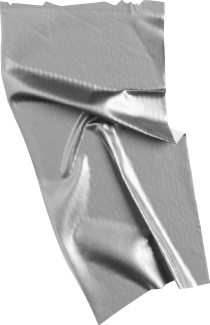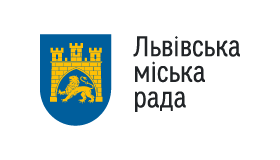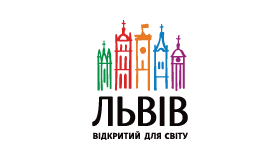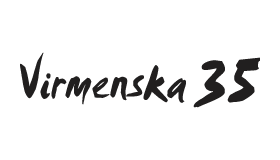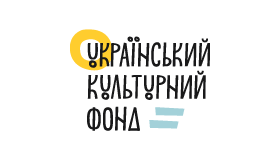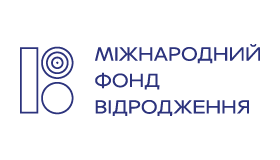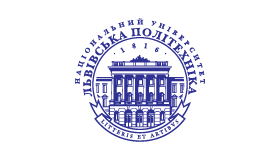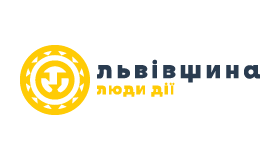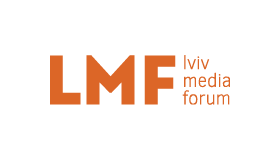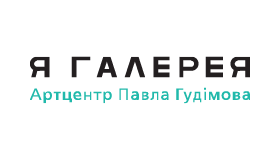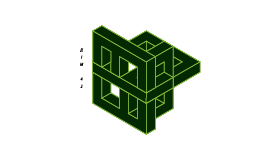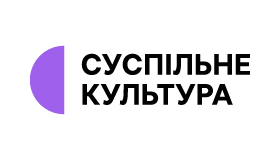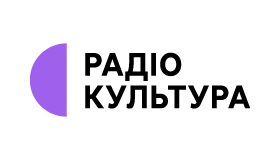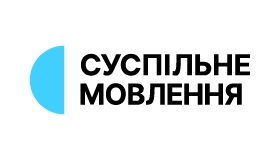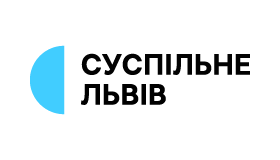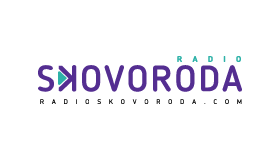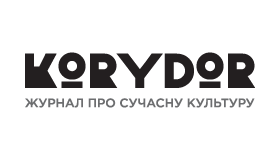Were you a slave when you were called?
Don’t let it trouble you
although if you can gain your freedom,
do so. (1 Corinthians 7)
In 2013, just before the Russian war against Ukraine was launched, people in Kyiv protested against president Yanukovych, whose task was to turn my country into a new Belarus. Clearly, people in Kremlin did not take for granted the collapse of the USSR. They instead considered the events of 1989-1990 as a transition to the revival of the Russian empire. I was born in the USSR and remember this state, so I did not want any ‘wayback situation’ in 2013. In November-December 2013, we were marching in Kyiv or protesting in our native towns, and at the same time, the team of curators from Lviv realized in Lublin (Poland, opened in October), an extensive exhibition of Ukrainian art (designed as Triennale in 2010). I was asked to write a text for a catalog, and the whole situation tempted me to discuss post-Soviet Ukrainian art as post-colonial. From the perspective of 2013, it appeared that in 1993 Ukrainians could not discursively describe their artistic practices of the late 1980s. As if the culture was being located in a post-colonial situation or was similar to a female agent dominated by males and patriarchy, vividly described by Professor Gayatri Chakravorty Spivak in a famous essay in 1988. Ukrainian art, I guessed, could not find “its voice” after the collapse of the USSR.
I wrote back then about the early 1990s:
Marat Gelman, a young curator from Moldova who lived in Kyiv for some time, became the initiator of a vast project engaging young Ukrainian artists. The painting exhibition at the Palace of Youth [Dvorets Molodezhy] in Moscow was called Babylon [1990], but the pieces presented there were later outlined by a term that had to be comprehensible to Russian viewers and buyers – South Russian Wave [yuzhnorusskaya volna] (analogous to the topic from the history of the Russian Empire, where so-called devotees of the South Russian Artists Society had existed).
In 2022, Marat Gelman is not residing anymore in Moscow, and many Ukrainian artists refuse to participate in any projects where his name is indicated. We do not want good or evil Russians to talk on our behalf, would argue young artists. We are looking for our own!
Besides a (relatively successful) attempt to describe young Ukrainian art of the late 1980s and early 1990s as a ‘wave, from the South’ there were other proposals on how to frame contemporary art in Ukraine. In 1993, three years after the famous exhibit of Ukrainian artists in Moscow, the Polish-Canadian artist and curator Jerzy Onuch managed to make an excellent overview of Ukrainian art in an exhibition project in Warsaw. This exhibition took place in 1993 at the Center for Contemporary Arts Zamek Ujazdowski and became another significant endeavor to introduce Ukrainian art outside Ukraine.
Again, an excerpt from my text in 2013:
Like Gelman in Moscow [south of Russia], the curator also chose a geographical name [to label a phenomenon] Steppes of Europe, but this time it marked the Europeanness of Ukraine and did not treat Ukraine as a part of the Russian world. Jerzy Onuch tried to show Poles (of the West?) that Ukrainian art has not been rustic, Soviet, or Russian for a long time and that it is created in the context of European paradigms (but in the province, in the culture of godforsaken steppe), and the creative work itself is close to the creativity of the state, which Ukrainians should have begun.
Both exhibitions of Ukrainian art – in Moscow (1990) and in Warsaw (1993) – established the list of names of artists who are now considered the classics of the art of the late 1980s and 1990s. Both exhibitions imposed on Ukrainian art specific perspectives: that it was the “hot” painting of the South (regarding the Russian center, of course, contrasting the conceptualism of northern Moscow groups), or it was the local/provincial art of Europe, which is created if not in cities, then somewhere off in the steppe, nearby currently occupied Kherson. This art kind of “sags” between different important centers and represents to its best advantage what can be born in the conditions of a colony-province, which in most cases does not see itself or cannot articulate its artistic practices.
Why is it so? Can the subaltern speak (as Spivak asks) for him(her)self? I understand that Spivak describes the situation of those who were and are dominated, mainly formerly confined people and females. And Ukraine of the early 1990s was different. But what if we extrapolate such a situation to the whole culture? Can we treat Ukrainian culture as a subaltern? I doubt so. However, Sigmund Freud (yes, do not giggle!), in his famous book Das Unbehagen in der Kultur (1929), makes this beautiful remark:
If the evolution of civilization has such a far-reaching similarity with the development of an individual, and if the same methods are employed in both, would not the diagnosis be justified that many systems of civilization or epochs of it possibly even the whole of humanity have become neurotic under the pressure of the civilizing trends?
Obviously, “we are dealing only with analogies, and that it is dangerous, not only with men but also with concepts” (as Freud said) to drag them out of the area where they derived and have developed. But if we can possibly think about culture as being imprisoned by the colonial situation, why not think about a civilization sick on neurosis? At least for me, Russian culture is neurotic and as Iuliia Reshetnikova claimed recently, this country can be treated “as a patient for negative psychoanalysis”. This means that Russia must be urged for therapy, it should “be encouraged to embrace its death drive” and to make this by “cherishing the remnants of its negative prosocial affects and its self-destructiveness”. If a culture (or a country) can be sick (neurotic) and needs therapy, can art function as a psychotherapist, summoning “remorse, repentance, selfdoubt, and the ability to notice and share the pain of the other”, everything that is needed to become a normal. But do we ever had in history normal countries or cultures?
However, let us return to Ukrainian art. Personally, I preach that we should avoid discussing any Russian matters when talking about Ukraine, but as a dark shadow, this subject continuously reappears in the text (like the image of father in Lacanian texts). Similarly, artists and curators might often find themselves trapped to consider Ukrainian art as if being in between. After the artistic show (Ukrainian Zriz) in 2013 that took place in Polish Lublin, there was another one in 2016, in Polish Wroclaw. The most recent exhibition of Zriz was dedicated to the year and ‘feelings’ of 1989 and took place in Lviv. Again, curators felt the need to discuss ‘eternal’ tension in Ukrainian art:
We are in a transition situation – between the old and new worlds […] left the Soviet past and did not enter the desired “European future”. We are neither here nor there. In the corridor: with the mental baggage of the past, paternalism, and reluctance to change, but also with expectant views towards the West, with the desire for “European values” and “Western lifestyle”.
Again and again, we (Ukrainians) repeat that we do not know ourselves, that we are trapped in between East and West as if these geographical terms form unified and certain categories. As if Hungarian art represents all the European values, inscribed in the practices of the Hungarian state, lately considered by EU officials as retreating from democracy. During the last thirty years, Ukrainians repeat the usual phrases about reworking or about the transitional state. We imagine ourselves moving somewhere and formalism/ritualism allows (as curators of Zriz-2019 claimed) us not to think about ourselves, not to look at our reality, but to blame conditions, which free us from the need to clearly define our own place in the world, and from our need to change. It seems that being in endless transition is a destiny for Ukrainian art.
But the war in 2022 changed a lot. Between two options – neurotic association with the past (proposed by Russia) and historic (or hysteric?) drive for the future, Ukrainians have chosen the latter. Such words as dignity, free will, and freedom are continuously repeated as values that should define post-war culture. Such drives (dignity-freedom-will) themselves are very sexual and sexy, I would say. Maybe we should all rely on the power of Eros? As Freud claimed in 1929, ten years before devastating war grappled Europe for several years, the drive for destruction can only be healed by the power of love:
Men have brought their powers of subduing the forces of nature to such a pitch that by using them they could now very easily exterminate one another to the last man. They know this hence arises a great part of their current unrest, their dejection, their mood of apprehension. And now it may be expected that the other of the two heavenly forces, eternal Eros, will put forth his strength so as to maintain himself alongside of his equally immortal adversary.
I would like to think about several past Cross-Section exhibitions and the actual one as gestures, not as statements or representations that “claim the truth”, but as a desperate desire to learn our own agency, to know ourselves. Didi-Huberman (who managed not to see the Ukrainian Maidan of 2013-2014 even though worked on Uprisings) claims: “Every image is the result of temporarily crystallized and sedimented movement”, and the same can be said about the selection of images or artworks. Ukrainian art abroad is a form of gesture, we can think about it as a crystallized movement with many trajectories. Gestures of revolt, or a desperate cry, as if they say to visitors: hey people, see us, we are here, we are visible!!! Philosopher Socrates famously declared that the unexamined life was not worth living. Now, in Ukraine, we know why to live, since we live to know, to learn, to make aesthetic gestures… We gained a voice, we are unmuted…
September 2022.
Lviv
